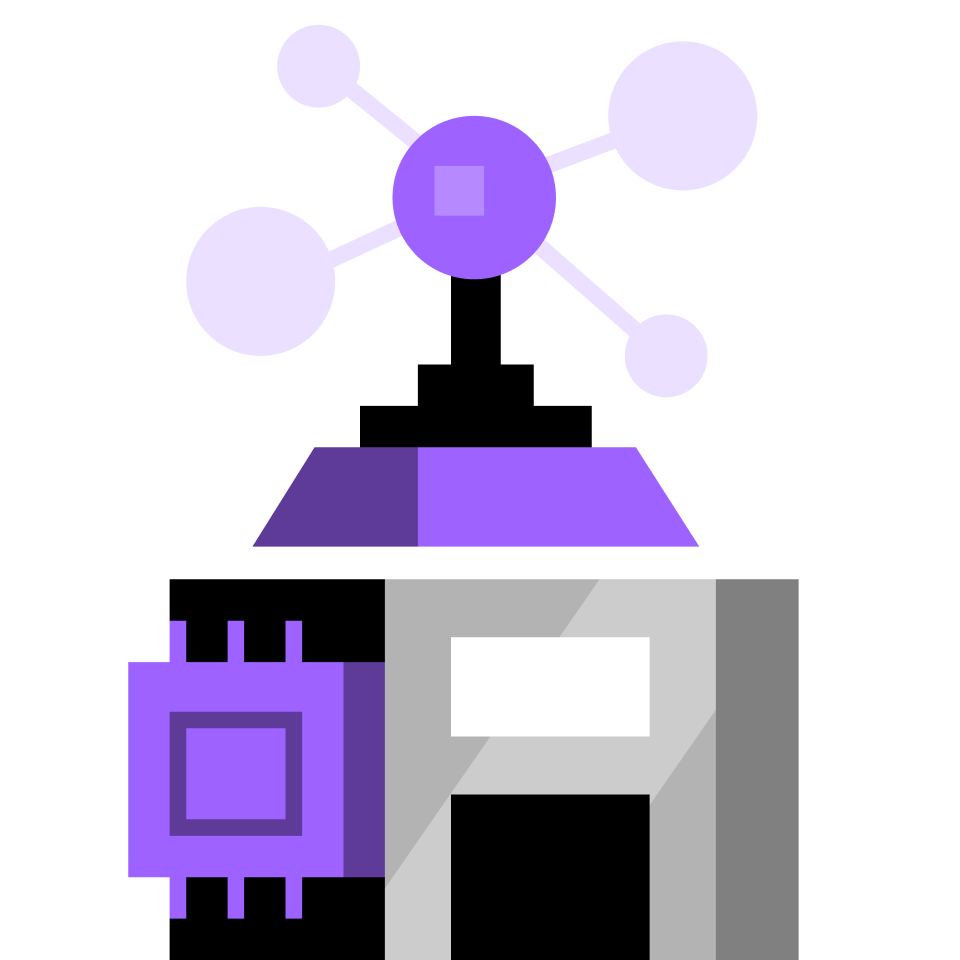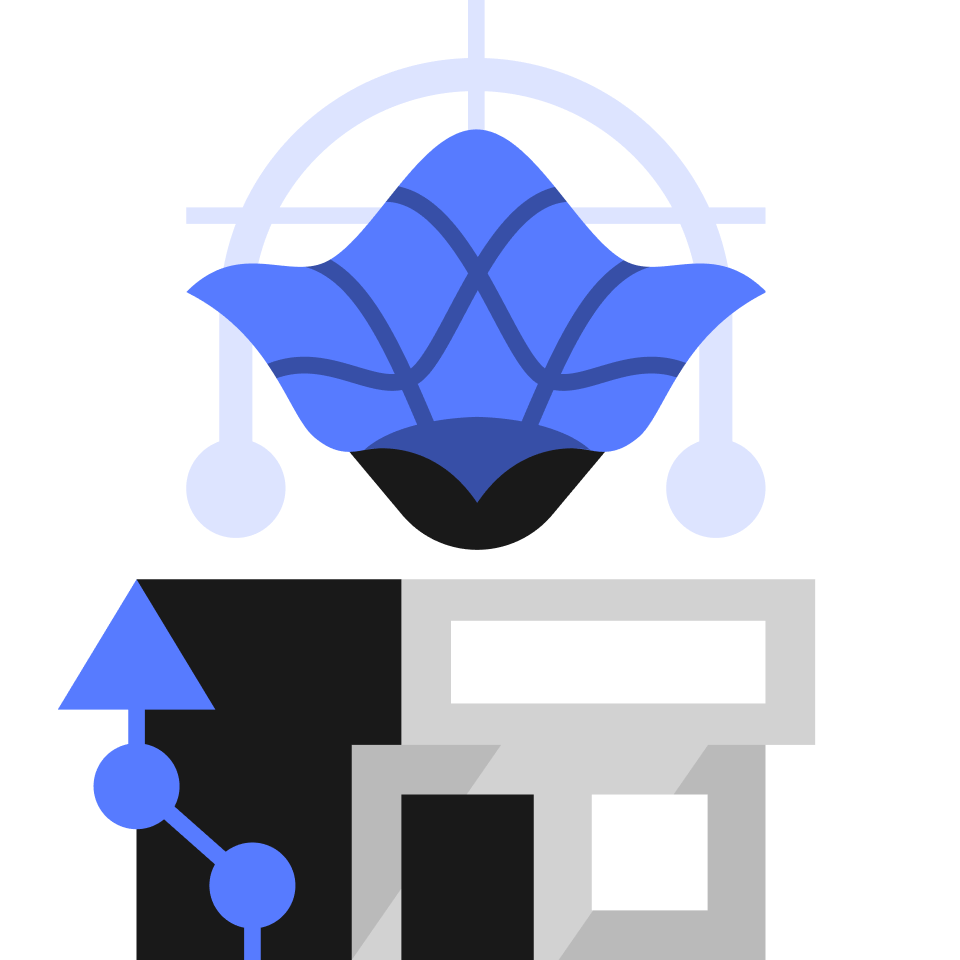Courses
Learning Paths
Step-by-step paths to mastery

Foundational Math
Master essential skills in Algebra

Data Analysis
Master key skills in probability and data analysis

CS & Programming
Develop skills in programming and algorithmic thinking

Science
Master key scientific ideas & technologies of the future

Advanced Math
Master essential skills in calculus and linear algebra
Browse all 70+ courses
Math
Algebra
Mathematical Thinking
Logic and Deduction
Contest Math
Advanced Mathematics
Contributing Authors - Math
Data
Analysis
Probability
Computer Science
Foundational Computer Science
Applied Computer Science
Contributing Authors - CS
Science
Scientific Thinking
Advanced Physics
Contributing Authors - Science
Bonus Science Puzzles
© 2024 Brilliant Worldwide, Inc., Brilliant and the Brilliant Logo are trademarks of Brilliant Worldwide, Inc.





































































